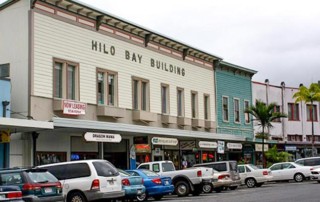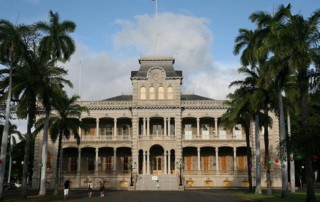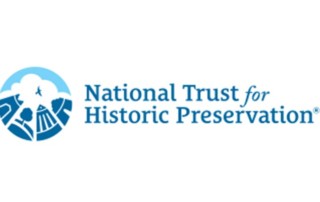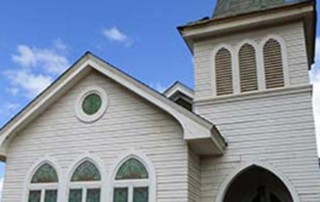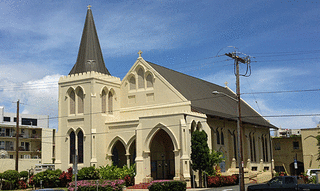Hilo Preservation Grant Program
Through a partnership with preservation funders, Historic Hawai‘i Foundation has established a new grant program to support preservation and beautification projects in historic Downtown Hilo on Hawai‘i Island. The Hilo Preservation Program provides grants for the preservation, rehabilitation, restoration and beautification of historically-significant buildings and structures located in the core downtown area of Hilo. The program supports historic preservation as a mechanism for building community, enhancing Hawaii’s sense of place, and support for improved societal relationships. The overall goal is to support projects that improve the appearance and longevity of Hilo’s historic waterfront and downtown area. The next grant deadline is June 17, 2024. See attached for grant applications and submittal instructions. DOWNLOADS INSTRUCTIONS (PDF) PHOTO TEMPLATE (XLS) BUDGET TEMPLATE (XLS) APPLY HERE APPLICATION FORM Mahalo to these past grant recipients who are helping to preserve Hilo’s townscape. Aloha Information Station (c.1990) The Aloha Information Station is a small kiosk located in the parking lot next to the Hilo Downtown bus terminal in Mo‘oheau Park that provides brochures, maps and information about attractions in Hilo and around the Island of Hawai‘i. The grant project enabled repair of termite damage, repair and replacement of windows, door, and gutters as well as complete repainting. Calica Building (1946) The Calica Building at 46 Mamo Street offers commercial/retail space to local businesses. Prior to World War II, Mamo Street was described by many as the “Times Square of Hilo” hosting entertainment, shop and restaurant venues with mixed use work/live buildings. The upper façade and roof were repaired with [...]


